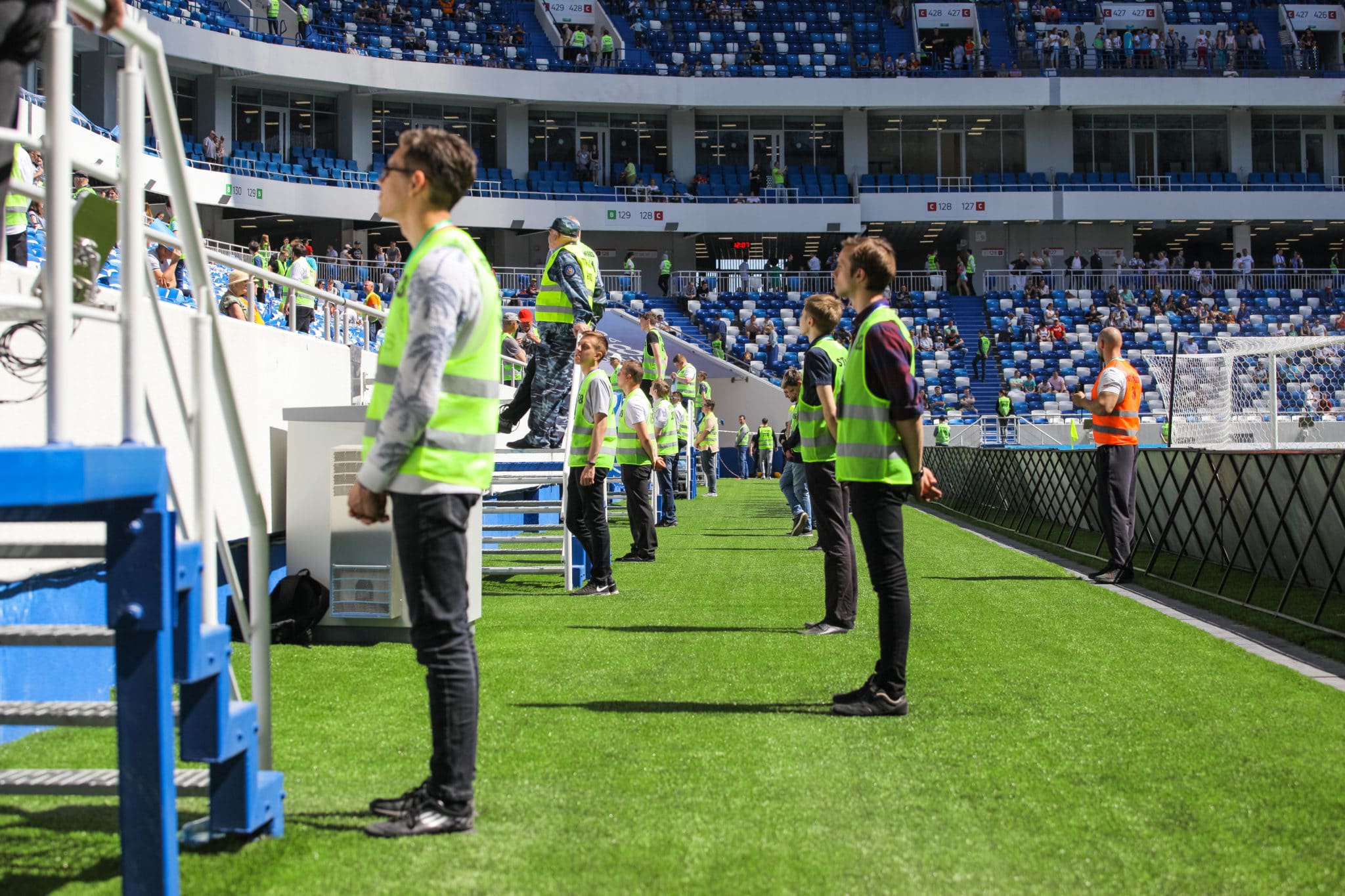
Darren Crossman, Crowd Safety Manager, C2S3 looks at the key components in ensuring the safety and security of stadia and crowds.
Managing the safety and security of spectators attending events at a stadium can be a complex and thankless task. The desire is to admit spectators with the minimum of fuss in the shortest amount of time, whist maintaining the maximum amount of security. To do this, we have to balance the triangle of security, safety and service and not lean too heavily on any one aspect otherwise it will throw the balance out. A competent crowd safety manager will have a great handle on security and have a good understanding, but will not necessarily be an expert; this is where a well put together team comes into play.
In the past, the security of a stadium seemed to be quite an easy operation – the public themselves were never seen as targets. We now need to contend with the threat from extremist terrorism not only in the mass attack scenario as seen at the Manchester Arena bombing in May 2017, but the thought of the harder to detect ‘lone wolf’ low-tech type of attacks as seen in the London Bridge attacks in 2017.
Mitigating risk
One of the threats facing a stadium is a marauding firearm attack, but this relies on the perpetrator being able to source a weapon and enough ammunition to carry out the attack which, whilst possible, is very difficult within the UK. Perhaps the more likely attack scenarios include knife attacks, which may be more deadly as they are extremely stealthy and many people can be injured before it becomes clear that there is an attack in progress. In addition, there is a risk of fire or acid being used as a weapon. All of these cases are very hard to spot in advance and it may be difficult for the security services to be able to track the perpetrators.
So, what can stadia do to mitigate the risks? Cost is always the issue and it can be hard for stadia to put physical measures in place. Security usually comes at the bottom of the list for financial expenditure until something untoward happens and then it appears on everyone’s radar. This is usually because no one wants to be responsible if something does eventually happen.
When gates open the crowd is usually quite sparse, but as the start of the event draws closer, the crowd density increases significantly which is when an attack is more likely to happen; this is why it is so important to maintain the security profile in Zone Ex. Close liaison with local police and Counter Terror Security Advisors (CTSA) is extremely important and detailed threat assessments for each and every event should be undertaken, giving bespoke mitigation measures for each event. Liaison with other agencies in the vicinity of the stadium is also key.
Gaining intelligence from wider sources, event promoters, other stadia and supporter groups is an essential part of the process in not only understanding who is likely to be attending an event and what threats they may pose internally, but also what threats are likely to be brought against them. Varying routine helps as hostile reconnaissance may be in place in attempt to find the weak points in the operation.
Teamwork, communication, coordination
Of course, training plays a significant part in any security strategy and protection ultimately comes down to the person on the ground. Having high-tech systems is fantastic and, whilst CCTV, intruder alarms and access control systems all have their part to play, unless the operators are fully trained and can use these systems correctly then they are not worth anything.
A robust accreditation system is required and stewards who are thoroughly briefed are essential. As seen at several rugby matches in the autumn of 2021, a ‘professional pitch invader’ eluded the security network of several stadiums and made their way onto the pitch to join various squads for the anthems. Thankfully, it was something that was ultimately seen and dealt with at each event, but not before the breach of security had taken place.
When all is said and done, it comes down to those on the ground being thoroughly trained and exercised, given a good quality briefing that is clear, concise and understood. At the end of the day, those on the ground looking after safety and security are only human and need as much support as possible to help them perform their roles to the highest of standards. The security of a stadium comes down to the timeless subjects that always appear on exercise debriefs and training requirements – teamwork, communication, coordination. If you can get these right, half the battle has been won.
It cannot be stressed enough how important it is to stay up to date and abreast of what is happening in the industry. Relevant, factual information should never be ignored. Knowledge is power and being informed will only serve to help prevent a breach of security.
It is absolutely essential that the spectators who want to have a good day out have exactly that without knowing that the security operation is in full swing and that they are being fully protected. The aim should be to provide a secure stadium without interfering with the spectator’s experience. If we can deliver this, then we have succeeded.

To find out more information, visit: https://www.c2s3.org/
This article was originally published in the February edition of Security Journal UK. To read your FREE digital edition, click here.